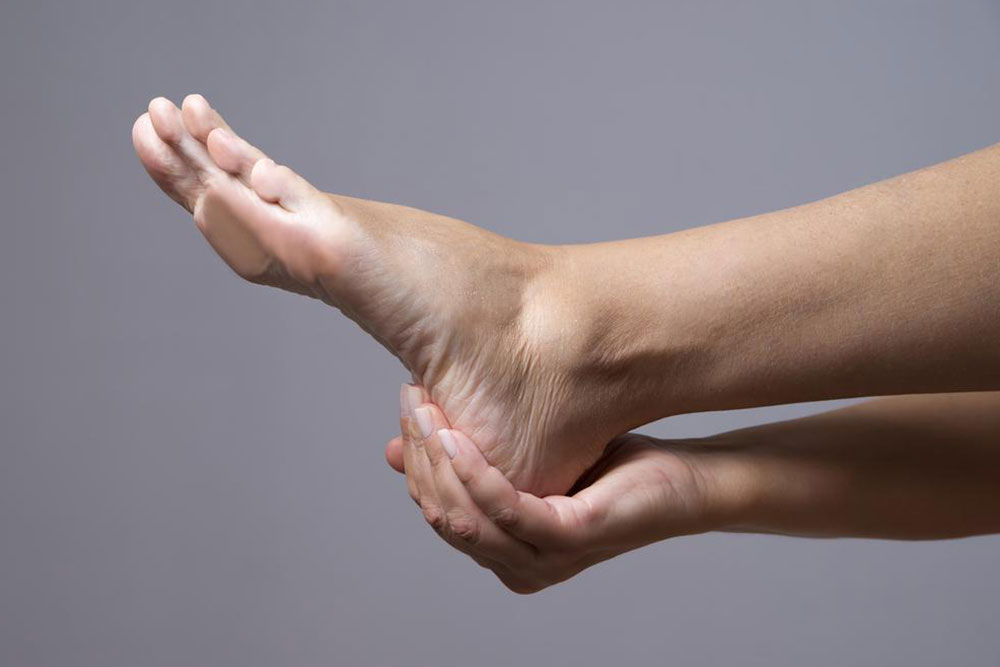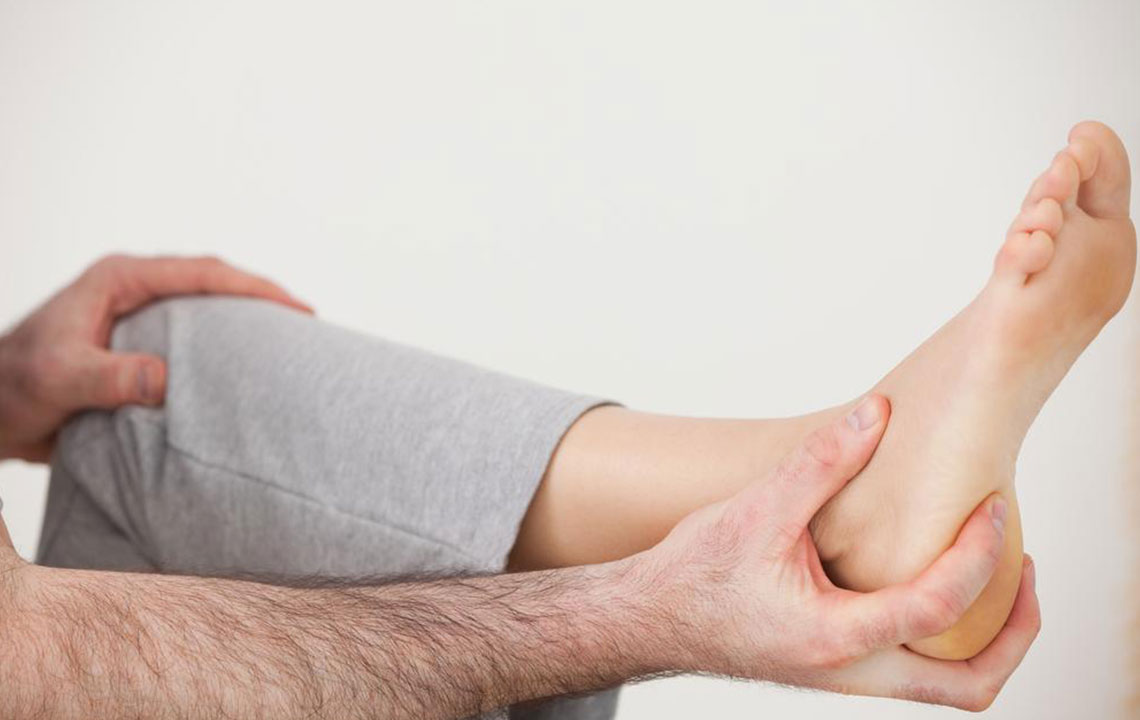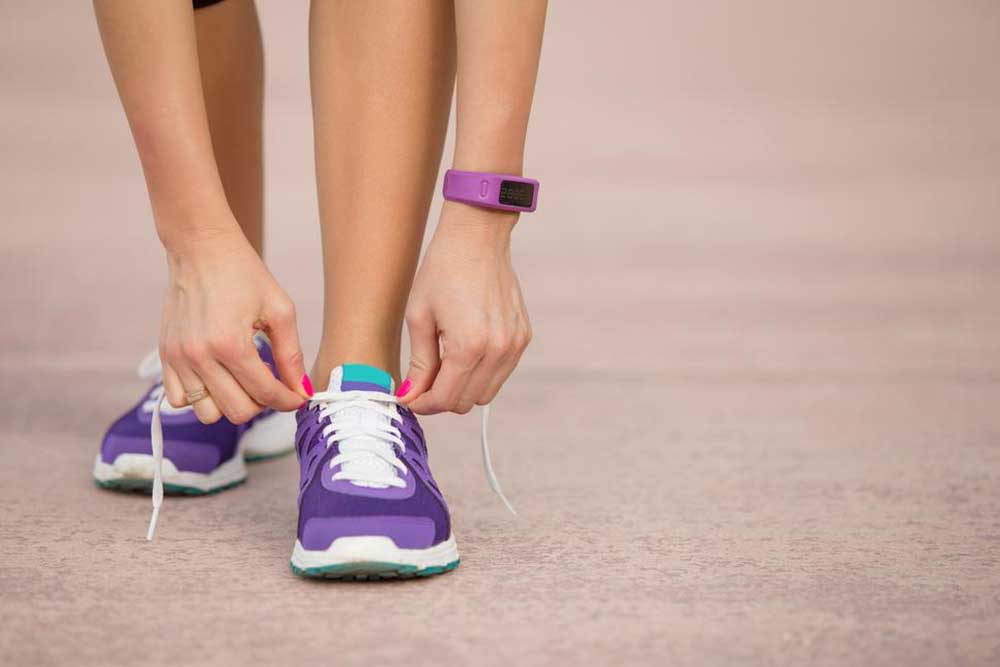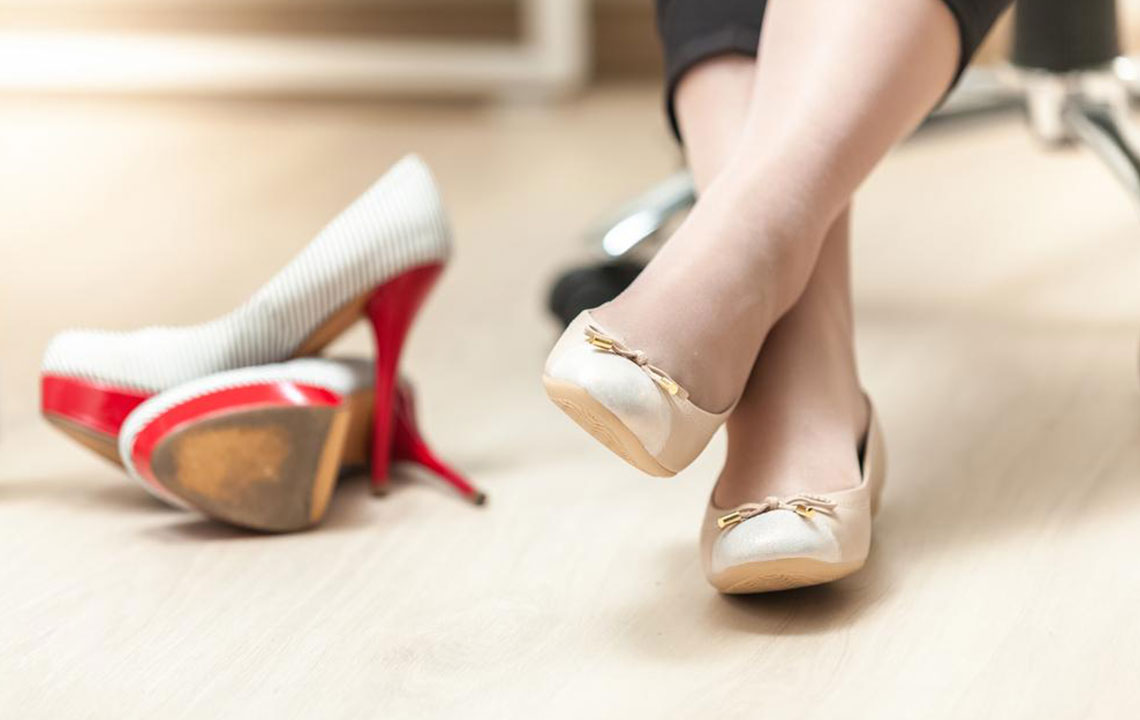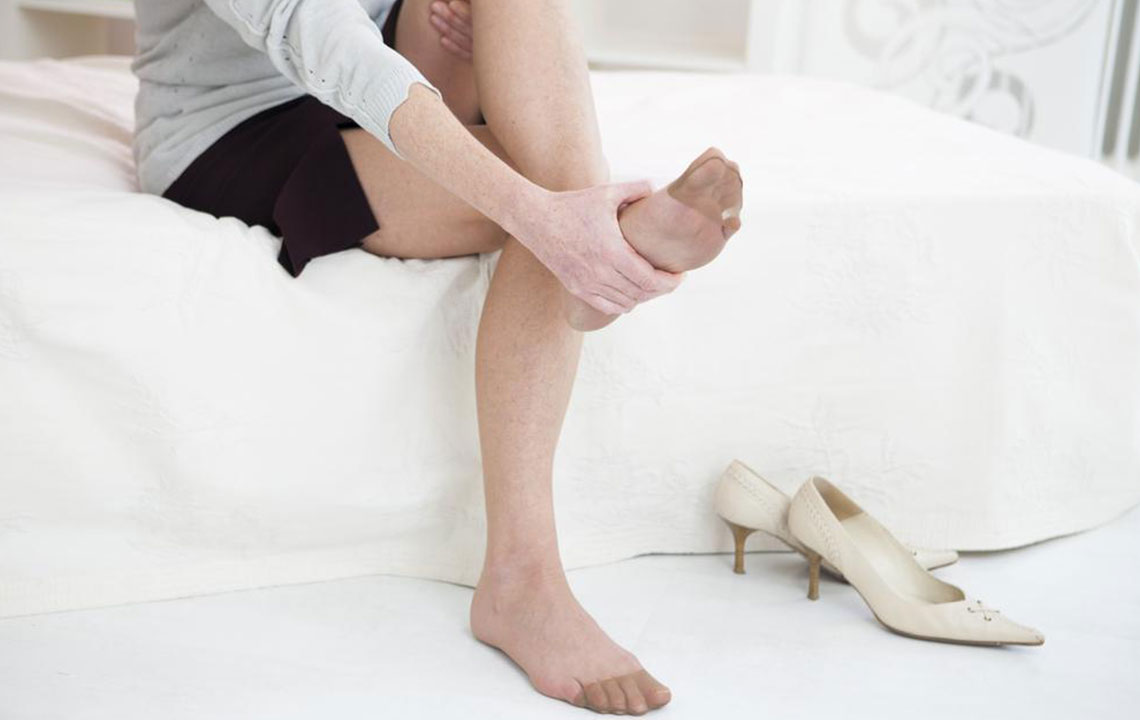Comprehensive Orthotic Strategies for Alleviating Plantar Fasciitis Symptom Relief
Discover effective orthotic solutions for managing and alleviating plantar fasciitis pain. This comprehensive article covers causes, symptoms, and tailored orthotic treatments, including insoles and footwear, to help you recover faster and prevent recurrence. Learn how expert guidance and proper footwear choices can make a significant difference in foot health and daily comfort.
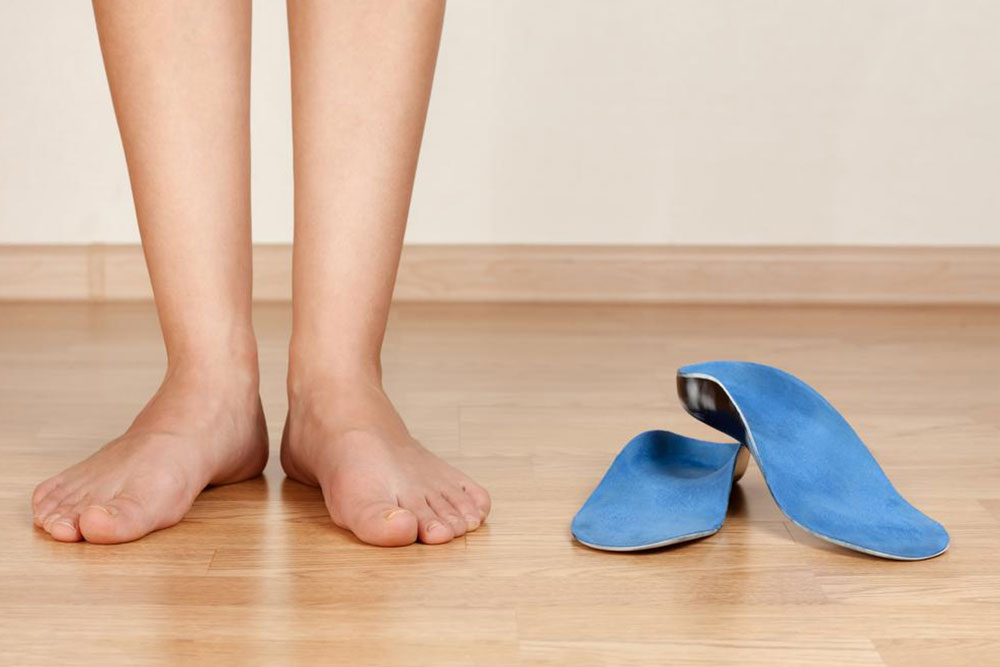
Comprehensive Orthotic Strategies for Alleviating Plantar Fasciitis Symptom Relief
Plantar fasciitis stands out as one of the most common sources of heel pain, affecting a significant portion of the population worldwide. This condition involves inflammation and irritation of the plantar fascia, the thick band of connective tissue that runs along the bottom of the foot, connecting the heel bone to the toes. This ligament plays a crucial role in supporting the foot's arch and absorbing shock during walking, running, or standing. When subjected to excessive strain, overuse, or injuries, the plantar fascia can become inflamed, resulting in sharp heel pain, swelling, and discomfort that can severely impact daily activities.
Understanding the causes and symptoms of plantar fasciitis is vital for effective management. Often, repetitive stress from prolonged standing, walking, or high-impact activities causes micro-tears in the plantar fascia. Contributing factors include obesity, which increases pressure on the heel, improperly fitted shoes that fail to provide adequate arch support, and sudden increases in physical activity intensity. Additionally, certain structural issues like flat feet or high arches can predispose individuals to this condition. Symptoms typically include sharp stabbing pain in the bottom of the heel, especially noticeable with the first steps in the morning or after prolonged periods of rest. Walking, climbing stairs, or standing for extended periods often exacerbate the discomfort, making routine movements painful.
Managing plantar fasciitis effectively requires a multifaceted approach centered around reducing stress on the affected ligament and promoting healing. Resting the feet and avoiding activities that aggravate pain are crucial initial steps. Equally important is selecting the right footwear—preferably shoes with good arch support, cushioning, and a firm heel counter. For added relief, custom or prefabricated orthotics play an essential role in realigning the foot and alleviating strain on the plantar fascia.
Orthotic devices are specially designed insoles made from various materials such as rubber, plastic, or synthetic compounds. These insoles help distribute pressure evenly across the foot, reduce tension on the inflamed ligament, and improve foot alignment. There are many types of orthotic shoes available to accommodate different foot deformities and individual needs. Consulting with healthcare professionals, such as podiatrists or orthopedic specialists, ensures that patients select the most suitable orthotic solutions tailored to their specific conditions.
Depending on the severity of symptoms, orthotic footwear may be recommended for several weeks or longer until significant relief is achieved. Many users report immediate reduction in heel pain after starting orthotic treatment. In conjunction with orthotics, other conservative therapies—such as stretching exercises targeting the Achilles tendon and plantar fascia, ice therapy to reduce inflammation, and massaging the foot—can significantly enhance recovery. It is advisable to follow prescribed routines diligently and wear orthotic devices consistently for optimal results. Sometimes, continued use of orthotics even after symptoms subside prevents recurrence and maintains foot health. For ongoing or persistent cases, medical consultation is essential to develop a personalized treatment plan that may include additional therapies like physical therapy, corticosteroid injections, or, in rare instances, surgical interventions.
